Art has always been a reflection of human creativity and innovation, and with the advent of artificial intelligence (AI), it has taken on a new dimension. AI-generated art has become an exciting avenue to explore, and it is transforming the way we perceive and create art. In this blog post, we will delve into the current state of AI-generated art, focusing on OpenAI’s groundbreaking technology, Dall-E. We will discuss the process of creating AI-generated art, legal concerns surrounding this emerging field, and the importance of prompts in shaping these unique artistic outputs.
OpenAI and Dall-E: Changing the Art Landscape
OpenAI, a cutting-edge research organization, has been at the forefront of AI-generated art, thanks to its powerful language model, GPT-4. Building on this technology, OpenAI introduced Dall-E, an AI system capable of generating novel images from textual descriptions. This transformative tool has opened up new possibilities for artists and designers, allowing them to explore uncharted creative territories.
Dall-E’s impressive capability stems from its extensive training on a diverse dataset of text and image pairs. This foundation enables the AI to generate unique and imaginative visual representations based on textual input, catering to a vast array of artistic styles and concepts. As a result, the art landscape has witnessed a surge of AI-generated pieces that push the boundaries of conventional aesthetics.
The Process of Creating AI-Generated Art
Creating AI-generated art involves a delicate interplay between human input and AI algorithms. The process typically starts with the selection of a prompt, which acts as the basis for the AI’s creative output. Artists and designers provide textual descriptions, often with specific details or stylistic preferences, to guide the AI in producing a visual representation.
Once the prompt is in place, the AI system processes the input and generates a series of candidate images. The AI uses deep learning techniques, such as neural networks, to identify patterns and features within its training dataset that align with the given prompt. This process results in a variety of images, each with distinct interpretations of the provided description.
The artist or designer then reviews these candidate images, selecting the ones that resonate with their vision or spark new ideas. They may iterate on the initial prompt, refining their descriptions to guide the AI in generating more refined and targeted visual outputs. This iterative process allows for a dynamic and collaborative relationship between the artist and the AI, fostering the development of truly unique and inspiring art pieces.
Legal Concerns in AI-Generated Art
As AI-generated art gains popularity, it also raises critical questions about legal ownership and intellectual property rights. The current copyright framework is designed to protect the creative works of human authors, but AI-generated art challenges this notion by introducing non-human creators into the equation.
One of the pressing concerns is determining who owns the copyright of an AI-generated artwork. Is it the AI developer, the person who provided the prompt, or the AI itself? While some argue that AI-generated art should be considered a public domain work due to the lack of human authorship, others advocate for adapting intellectual property laws to accommodate AI-generated content and provide appropriate protections.
Another legal issue is the potential infringement of existing copyrighted material. AI systems, like Dall-E, rely on vast datasets, which may include copyrighted content. When generating new images, the AI may inadvertently reproduce elements of these copyrighted materials, raising questions about liability and fair use.
The Importance of Prompts and AI-Generated Art as Inspiration
The role of prompts in AI-generated art cannot be overstated. The textual descriptions provided by artists and designers serve as the foundation for the AI’s visual output, guiding its creative process. The choice of prompt is crucial in determining the direction and theme of the resulting artwork, making it an essential element of artistic collaboration between humans and AI.
Prompts play a significant part in harnessing the full potential of AI-generated art, as they set the stage for the AI to explore various creative interpretations. Well-crafted prompts can inspire the AI to produce compelling and innovative visuals that might be difficult for a human artist to conceive. Moreover, prompts can be refined iteratively, allowing the artist to fine-tune the AI’s output until it aligns with their vision or sparks a new idea altogether.
It is important to recognize that AI-generated art is not meant to replace human creativity but rather to serve as a valuable source of inspiration. By leveraging AI-generated art, artists can discover novel artistic styles, experiment with unconventional visual elements, and push the boundaries of their creative expression.
In many cases, AI-generated art may not be a final product but a stepping stone towards the creation of a more refined and polished artwork. Artists can use AI-generated visuals as a starting point, building upon and enhancing them using their own skills and expertise. This symbiotic relationship between human artists and AI technology paves the way for a new era of art, where creativity and innovation are fueled by the fusion of human and artificial intelligence.
How We Are Using It
McNair Media has been testing out AI-generated art, and trying to find ways to harness its potential for various projects. For instance, the cover art of last week’s blog posts were crafted using AI-generated images. Among the several designs generated by the AI, one was further modified and refined using the original AI, demonstrating the dynamic collaboration between human creativity and artificial intelligence. The other designs remained unaltered, showcasing the AI’s remarkable ability to produce high-quality and engaging visuals.
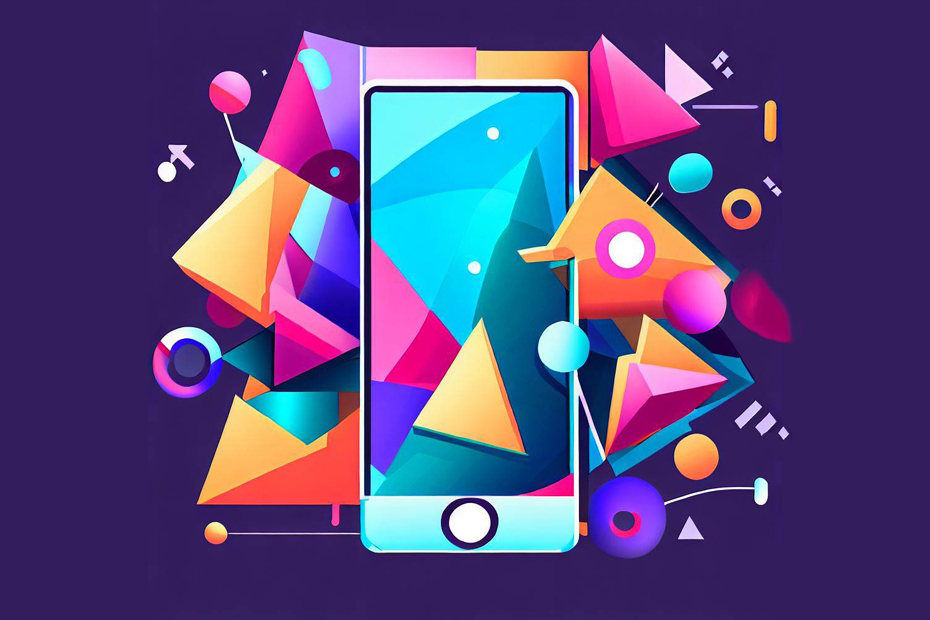
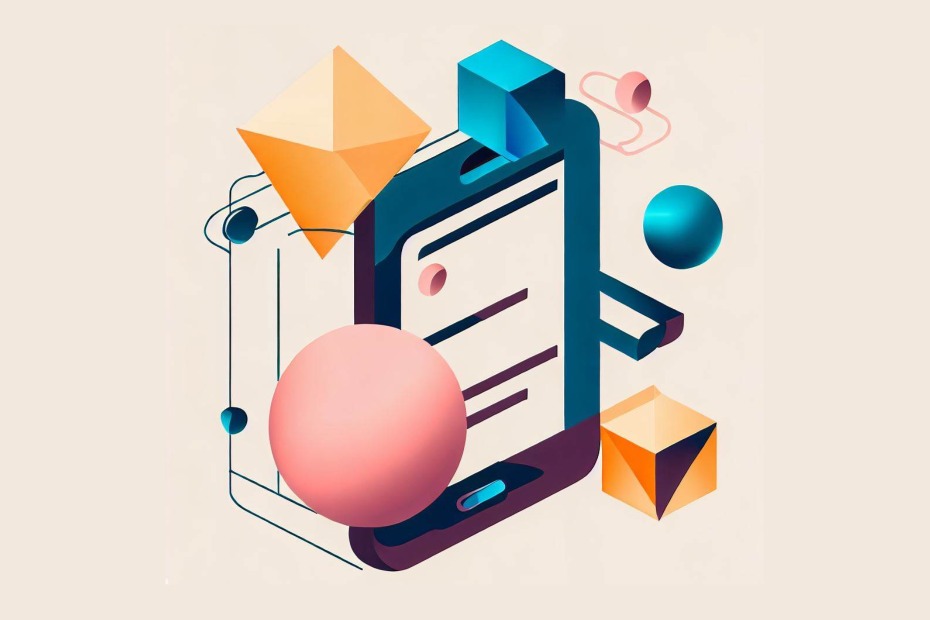
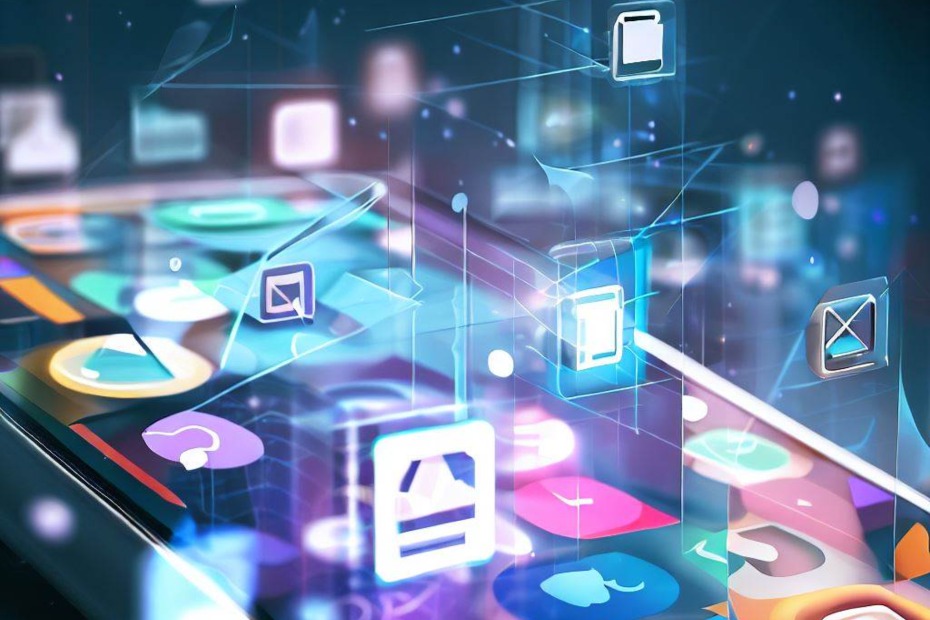
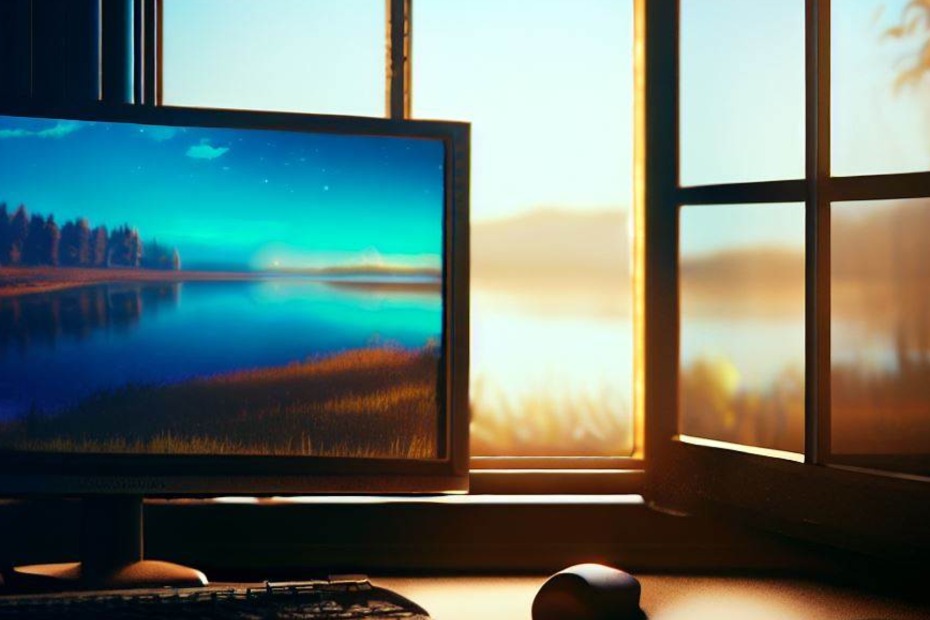
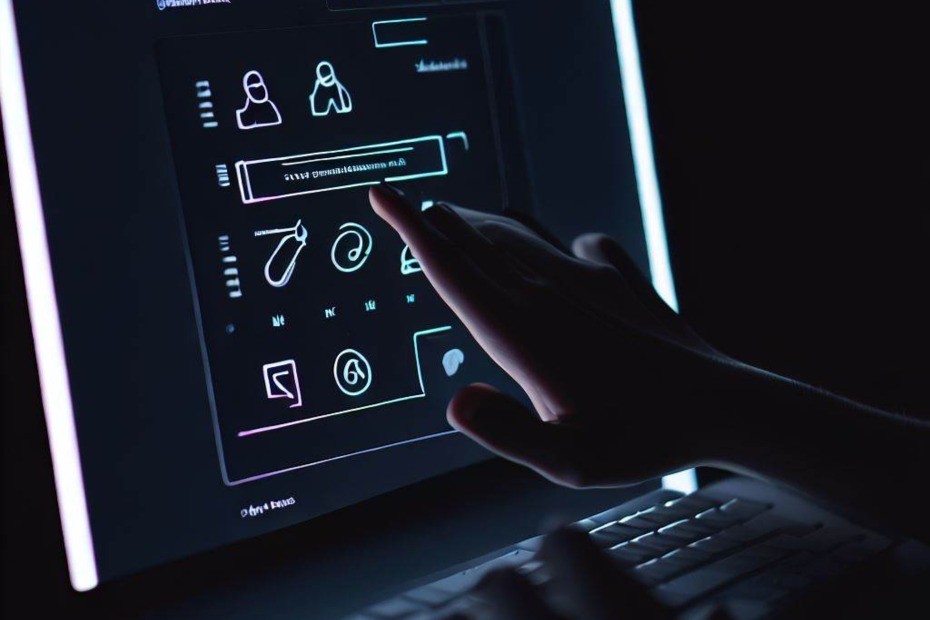
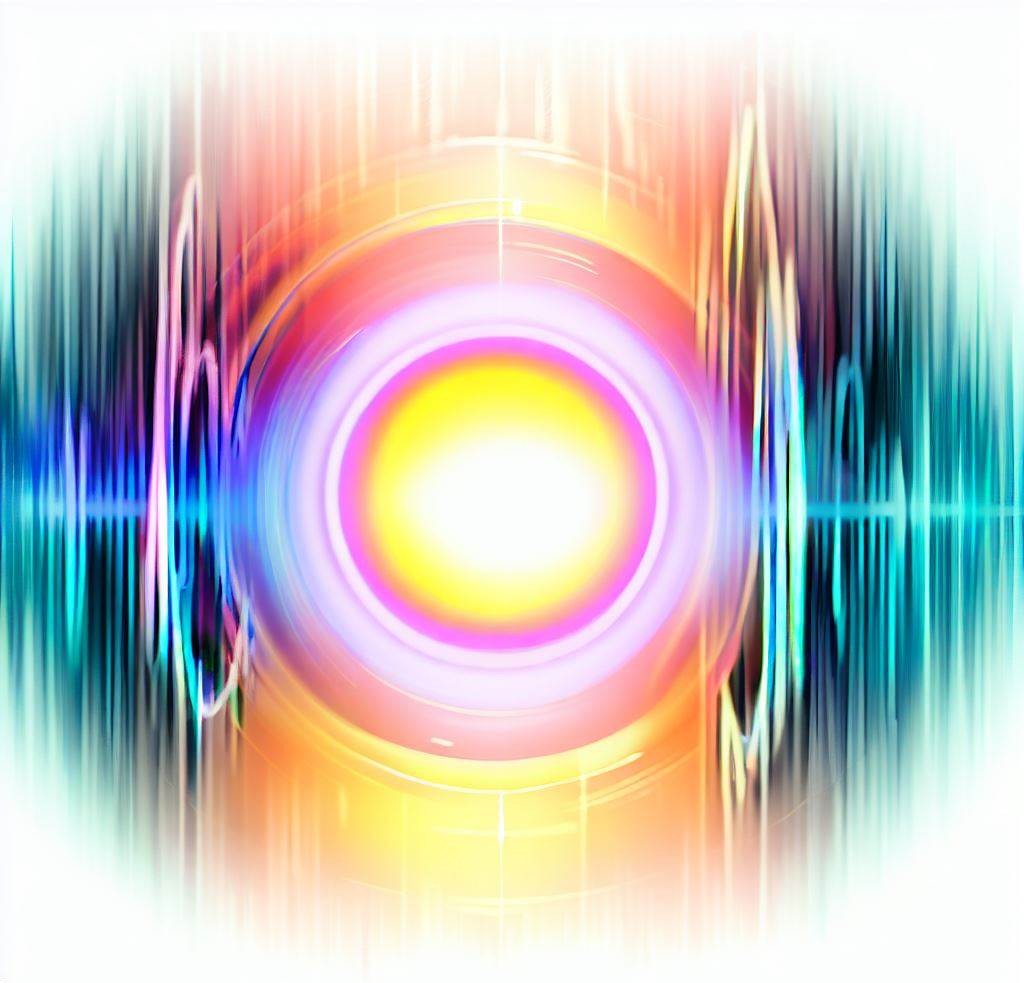



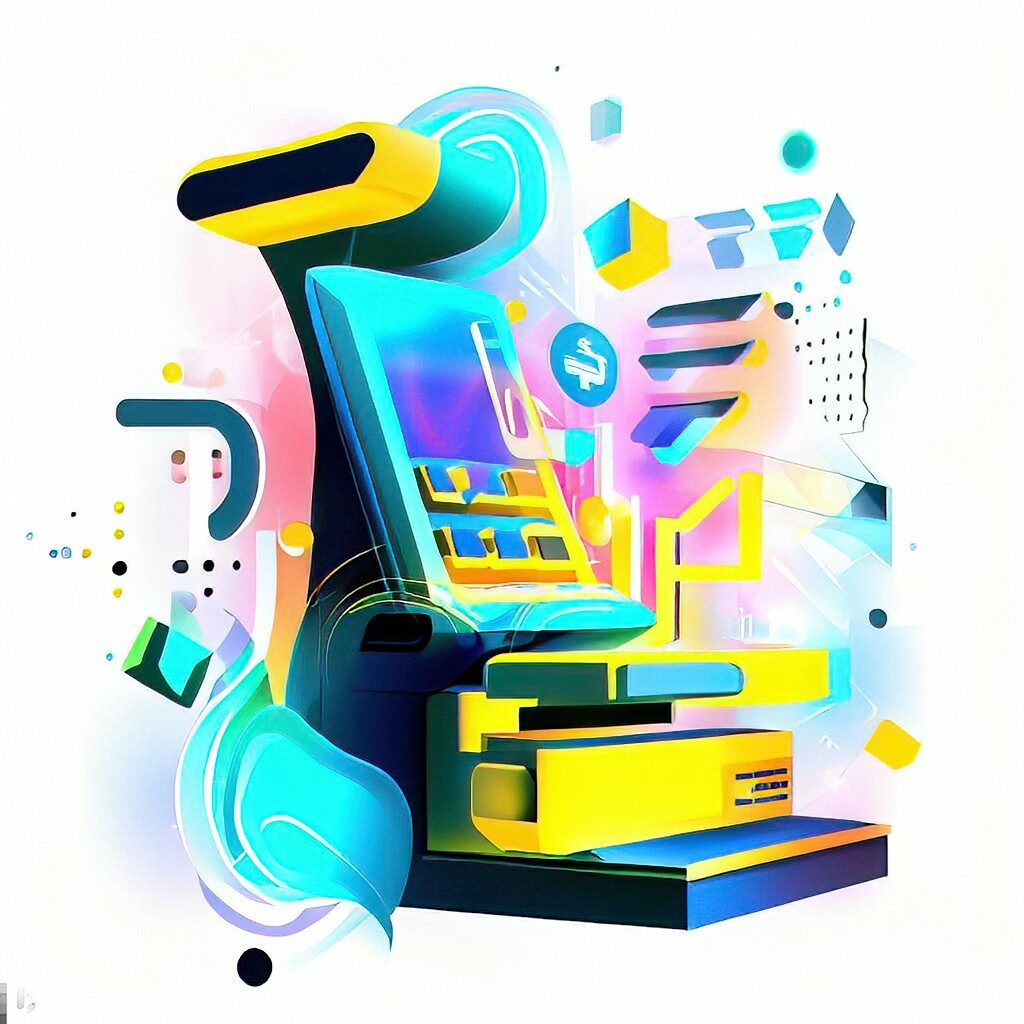
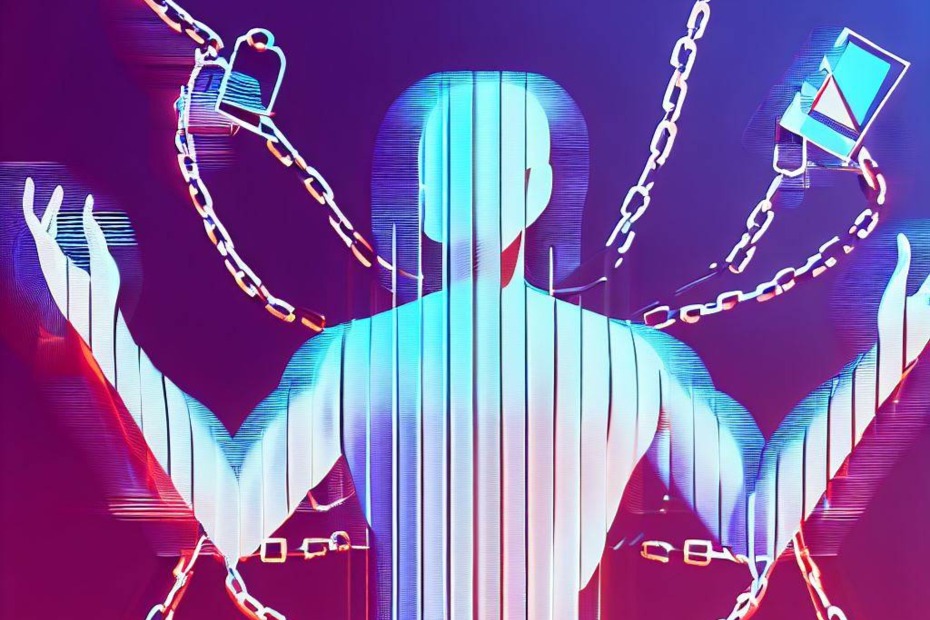
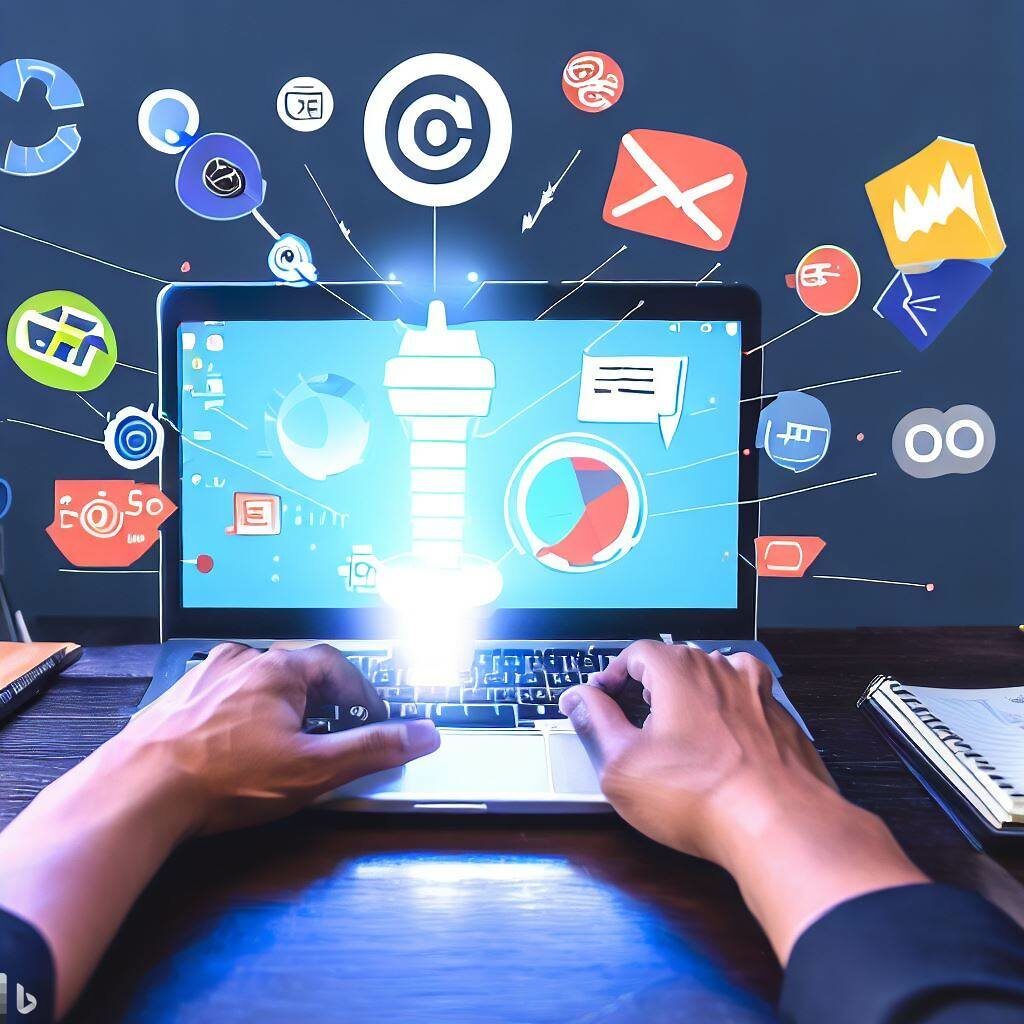
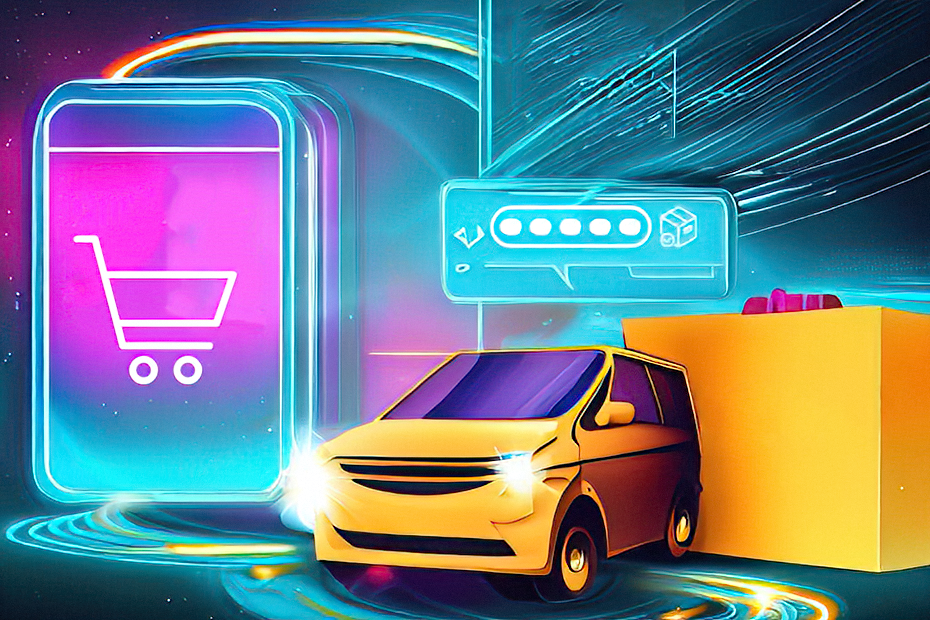
For those interested in exploring the world of AI-generated art themselves, the Bing Image Creator offers a unique opportunity. Powered by Dall-E, Microsoft’s public beta allows users to experiment with AI-generated imagery by providing textual prompts and witnessing the innovative and imaginative outputs the AI system creates. This exciting tool not only fosters artistic experimentation but also helps to bridge the gap between human creativity and AI-powered innovation.
The Future
AI-generated art, exemplified by OpenAI’s Dall-E, has emerged as a fascinating and influential aspect of the contemporary art world. By combining the power of deep learning algorithms with human ingenuity, AI-generated art has the potential to revolutionize the way we create and perceive artistic expressions and recognize its value as a source of inspiration rather than a final product.
By embracing AI-generated art as a powerful tool for inspiration and creative exploration, we can potentially create new and exciting designs while also minimizing the high costs usually associated with professional graphic design work.